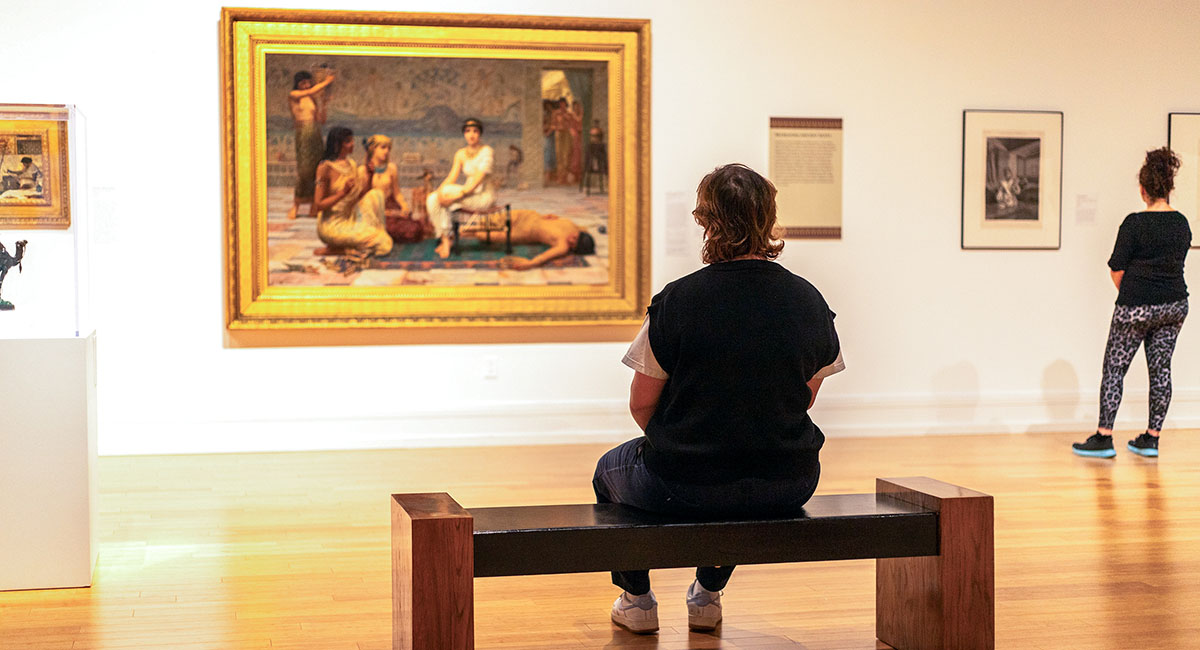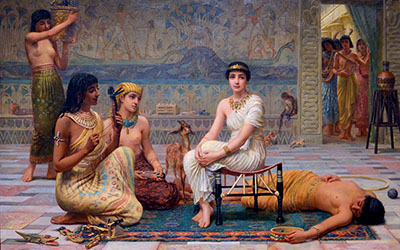EGYPTIAN DELIGHTS

Exhibit highlights era when Europe ‘discovered’ Egypt

Ancient Egypt remained a mystery to most of Western Europe for centuries. While the magical civilization with its pyramids, temples, pharaohs and hieroglyphics had fascinated the world since the Greek and Roman periods, it wasn’t until Napoleon’s occupation of Egypt from 1798 to 1801 that the wonders of that culture were documented, ultimately drawing attention to that country and to the Orient in general.
